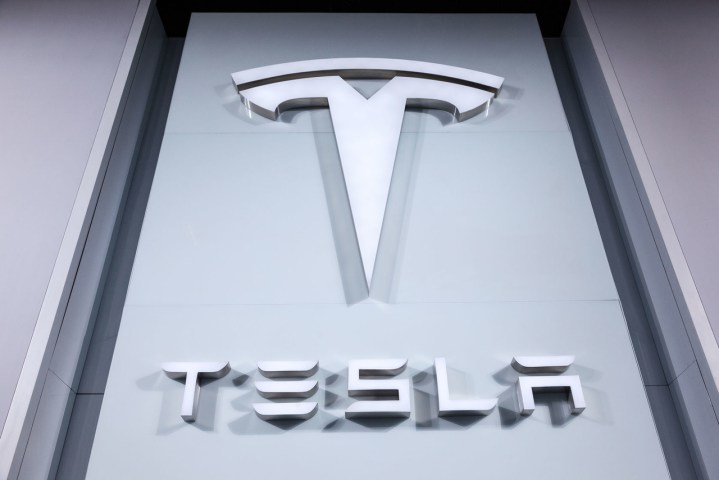
It was during the announcement of the Tesla master plan part deux, when Musk first talked about the truck. “We believe the Tesla Semi will deliver a substantial reduction in the cost of cargo transport while increasing safety and making it really fun to operate.”
More recently, according to Electrek, Musk told CNBC the first trucks will be used to gather data for regulators as well as add a level of safety. “It’ll be a few years after trucks can self-drive before regulators have seen enough data to feel comfortable not having a driver in the car,” Musk said. “I think it’ll actually be a big safety improvement because you get a lot of accidents when drivers are tired behind the wheel.”
In time, after Tesla and federal regulations are assured Tesla Semis can drive themselves, human drivers will shift roles to become “fleet managers,” overseeing the operation of the truck while the self-driving system does the actual driving.
Tesla and Musk have already stated that all vehicles going forward will have the full suite of autonomous driving hardware. The software required for Level 5 autonomous driving, the highest level where human drivers are not required or potentially even accommodated for any driving condition, is expected to be ready for release near the end of 2017.
The Tesla Semi and Tesla Minibus are scheduled to be unveiled in three to six months, with production starting in two to three years. When the Tesla Semi does come to market, safety and lowered cargo transport costs are likely to have a greater impact on its success than being ‘fun to operate’ for former drivers.



